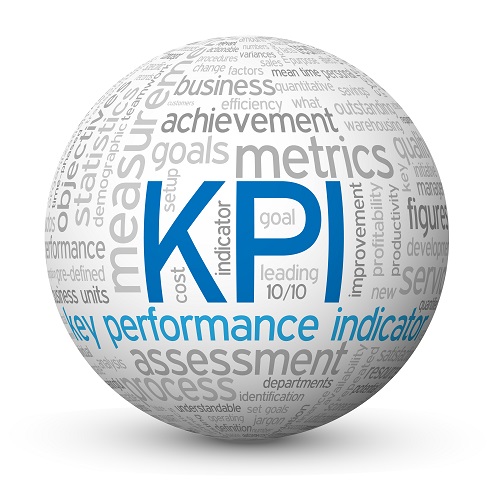Why your KPIs are not serving your business objectives!

POSTED ON: Monday, September 19th, 2016
CATEGORIES: Business Strategy and Planning, Leadership and Management
Just in case you are new to the acronym, let me dive straight in. The term KPI stands for ‘key performance indicator’.
In simple terms, this refers to the key business numbers you intend to track or measure in order to ensure that continual improvements are being made. Indeed, they also serve to help you identify areas of the business where performance has begun to weaken. This enables you to take preventative action. Thus identifying the right set of KPIs for your business is a critical step towards ensuring you maintain full and effective control over what is happening in your organisation.
Inevitably the items being regularly measured will either serve and inform the business. Or not, (as the case may be), wasting time and resources. Enter…. the importance of choosing the right things to monitor within your business.
Choosing the right KPIs
One of the best descriptions I have ever heard for KPIs bordering on useless is the term ‘Vanity Metrics’, expressed and coined by Eric Ries in his book – “The Lean Startup”. This is to suggest that a business can run the risk of monitoring items that only serve to give a short lived illusion of progress.
For example, some people think that social media likes or shares, because of their allure and easy identification, are the perfect example of vanity metrics. Now on the contrary, tracking things such as social media activity may of course carry relevance as part of a brand awareness or marketing campaign strategy. However, it will likely prove to be the wrong place to start (and indeed a vanity metric) if increasing sales is your actual goal. It certainly will not be a top line business improvement measure.
This latter objective to increase sales requires detailed monitoring of the activities within the business that drive sales. Namely the key parts of your sales process. This will include tracking things, such as the number of leads, the amount of sales calls scheduled, the face-to-face appointment bookings or presentations, and right through to the number of individuals that actually converted to a sale.
You can replace the above with elements from your own sales process. Each function within the business should likewise have a set of unique objectives and KPIs built around the activities that deliver key outputs for that department. This is not a one size fits all exercise. Particularly if you want to produce high quality management information.
KPI Evaluation / Team Collaboration
It is worth taking the time to evaluate your current KPIs. And/or to re-evaluate old metrics, so as to ensure they remain in true alignment with your key outcome producing activities. This allows for….
- Picking up changes in process or within the business environment that may require alteration to the KPIs.
- Enhancing the effectiveness of the KPIs, by adjusting and setting/resetting a target or minimum standard for each measure.
- Comparison against competitor performance or industry benchmarks.
- Involving the team or personnel directly responsible for delivering the KPIs. In both the planning and review of new or established KPIs.
In Summary
Adopting the above will help to develop an environment wherein business performance is continually measured and targets can be fully owned by the workforce. Best practice would be to allow a team or individual to help form and identify the important KPIs as and when they are being created.
Written by Tim Hatari:
Tim Hatari is a Business Coach for Pro-actions in the Surrey area. Please get in touch for support or to find out more about our next ‘Free business seminar’ taking place in Surrey by completing the contact form below.